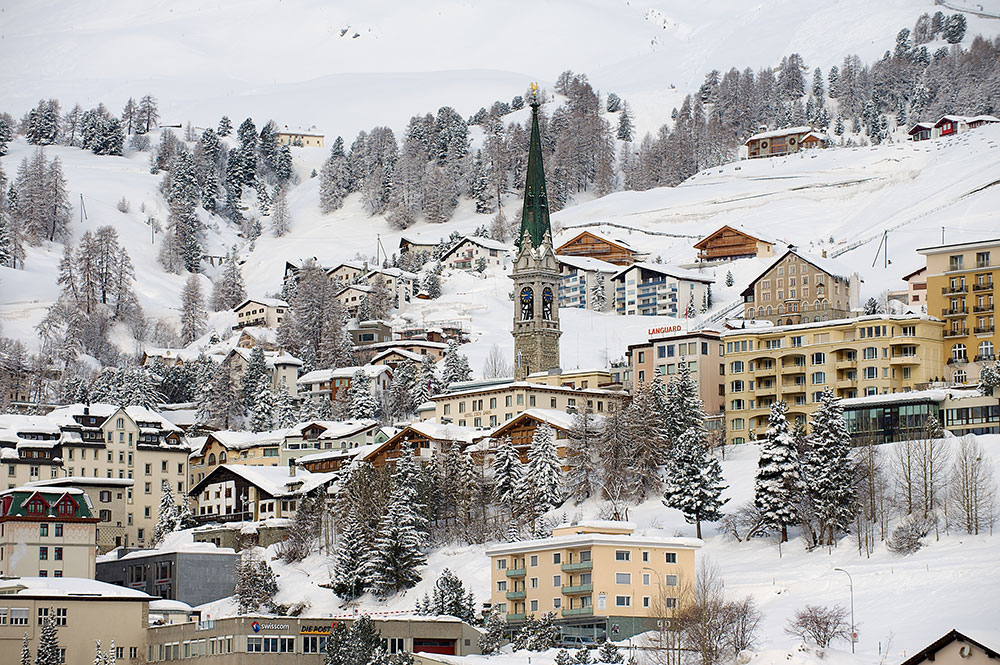
In the heart of Egypt, where the Nile River lends life to the arid landscapes, Luxor is a city of matchless splendour and time-honoured tales. Known as the world’s largest open-air museum, Luxor invites travellers to journey through millennia and marvel at the remarkable relics of ancient civilizations.
A trip to Luxor is not merely a vacation; it’s a vibrant voyage through time. The moment you set foot in this city, you find yourself immersed in history, tracing the steps of pharaohs, and brushing your fingertips with the legends etched in sandstone.
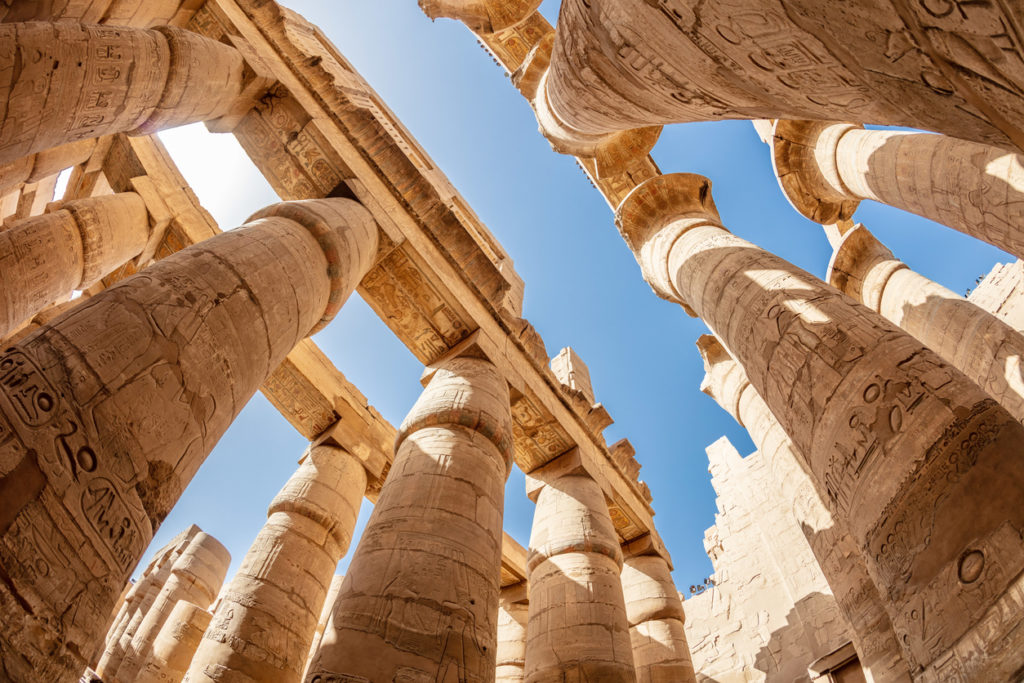
Your journey through Luxor will most likely begin at the Temple of Karnak, the largest religious building ever constructed. The temple complex, a marvel of human engineering, took over 2,000 years to complete. Walking through the towering pylons and vast sacred lake, one can’t help but feel an overwhelming sense of awe at the grandeur of ancient Egyptian civilization.
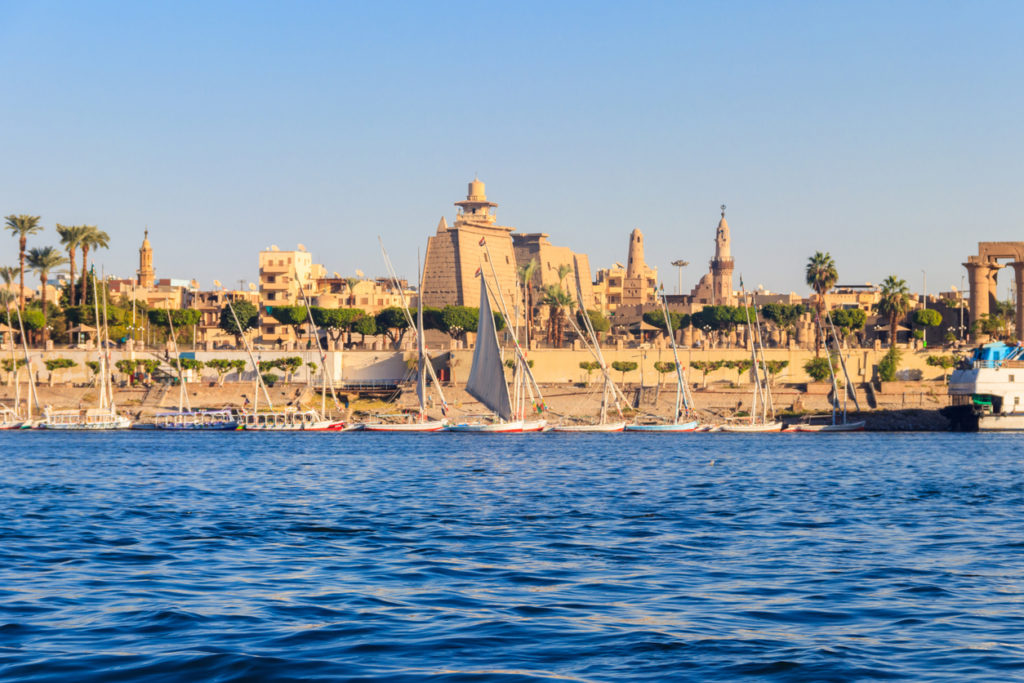
A short walk along the Corniche, the city’s scenic waterfront promenade, will bring you to the Luxor Temple. This stunningly preserved temple, built by Amenhotep III and later enhanced by Ramses II, invites you to explore its colossal statues and well-preserved hieroglyphics that glow under the night sky.
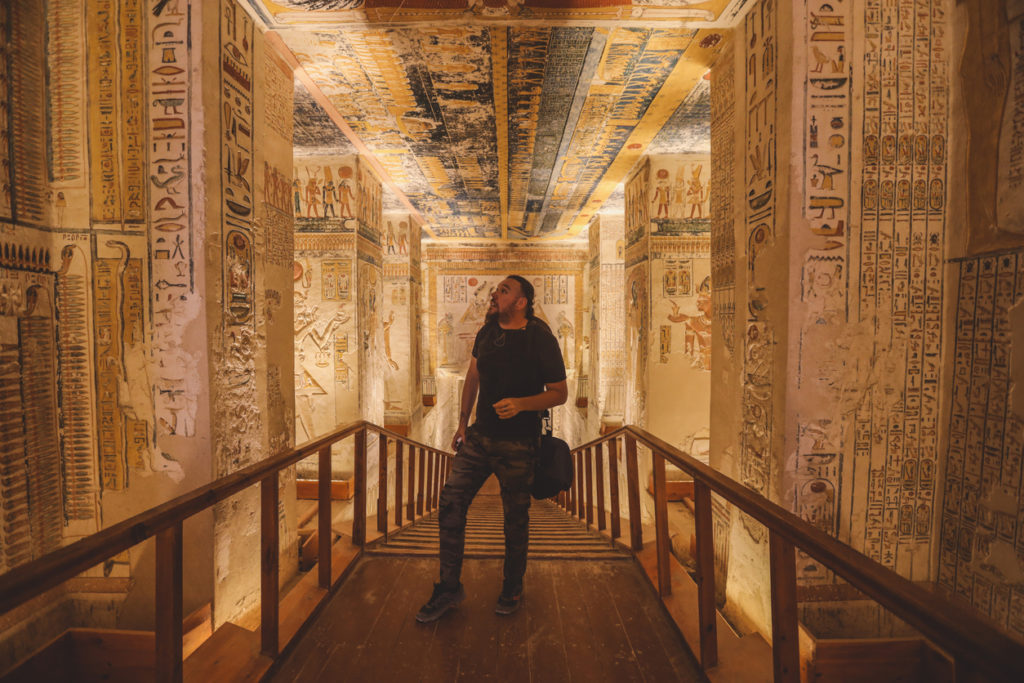
Yet the allure of Luxor extends beyond its vibrant city boundaries. Just across the Nile, the West Bank is home to the Valley of the Kings and the Valley of the Queens. Here, nestled between the sun-scorched hills, lie the intricately decorated tombs of pharaohs and nobles, including the famous tomb of Tutankhamun. It’s a humbling experience to walk through these ancient resting places, where the echoes of history resonate with every step.
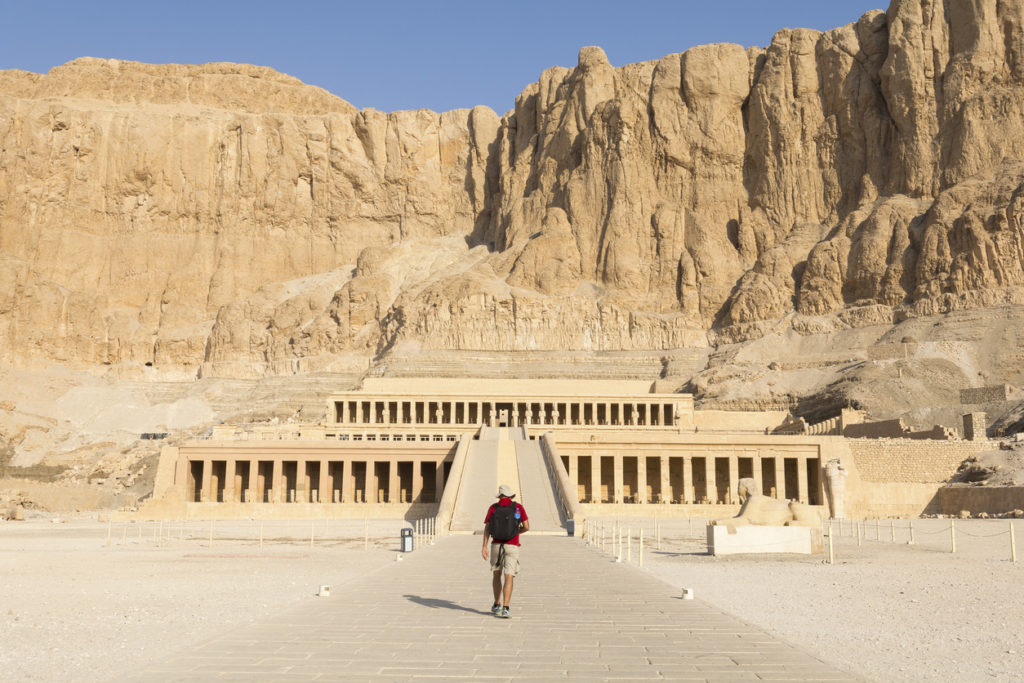
The monumental Temple of Hatshepsut is close by, a spectacular tribute to Egypt’s most powerful queen. Designed in harmony with its dramatic mountain backdrop, the temple represents a unique blend of nature and architecture that stuns every visitor.
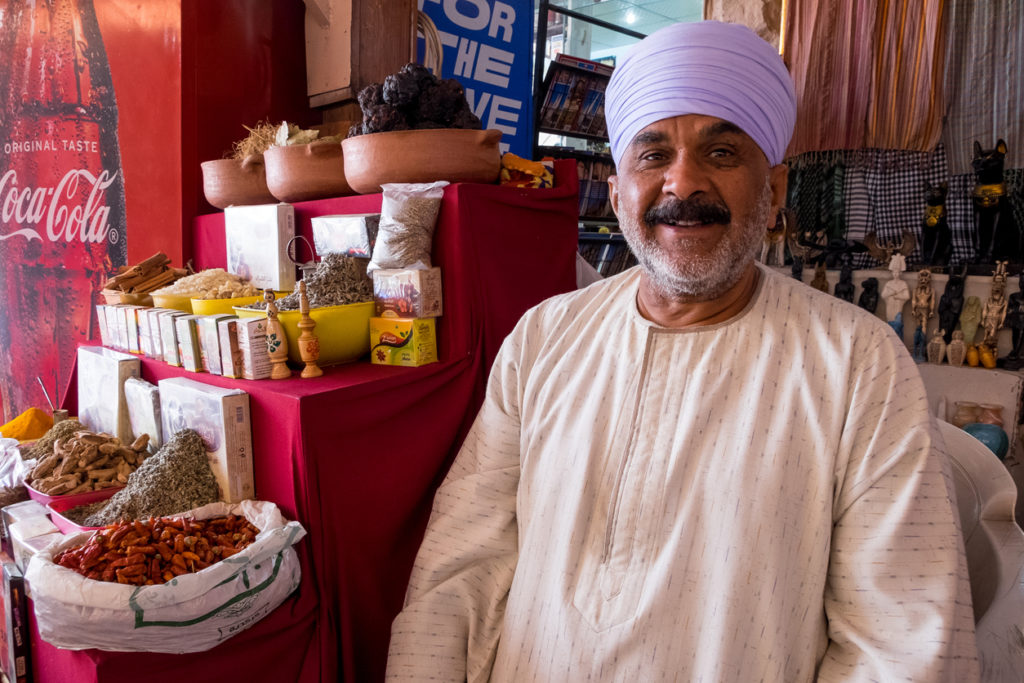
Luxor is not only a treasure trove of history; it’s also a melting pot of modern Egyptian culture. You can stroll through the vibrant Luxor market, where traders hawk their wares with a mixture of colourful spices, handcrafted jewellery, and beautiful local artwork. There’s also a myriad of local eateries where you can sample traditional Egyptian dishes, like molokhia and koshari.

Riding a felucca, a traditional wooden sailboat, along the Nile at sunset is an experience that cements Luxor’s place in the hearts of all who visit. As the golden light dances on the water, the city’s ancient wonders serving as the backdrop, the essence of Luxor comes to life – a city that has witnessed civilizations rise and fall, yet stands eternal, etching its mark in the sands of time.
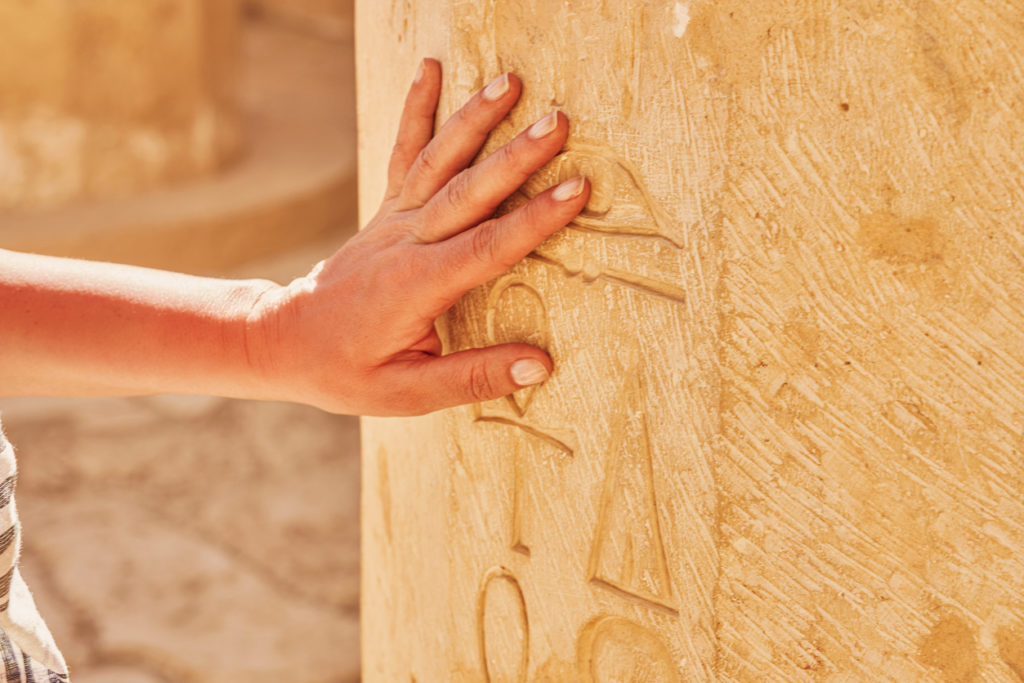
There’s a unique magic to Luxor – a vibrant blend of ancient and modern, history and culture, awe-inspiring sights and daily life – that is waiting to be explored. Whether you’re a history enthusiast or a casual traveller, Luxor promises an unforgettable journey into the heart of ancient Egypt.
As your exploration of Luxor continues, consider paying a visit to the Luxor Museum. While smaller than Cairo’s Egyptian Museum, Luxor Museum houses an impressive collection of art and artefacts from the Theban temples and necropolis, beautifully displayed and illuminated. Notable exhibits include the statues of Amenhotep III and his wife Tiye, found in excellent condition at the bottom of a nearby temple pit.
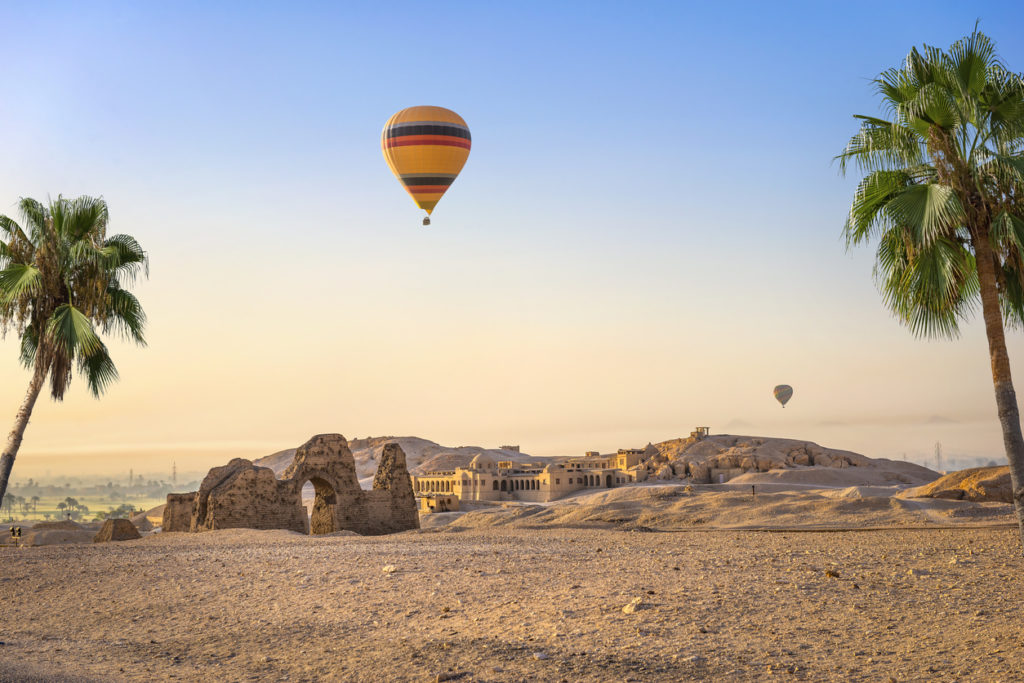
A popular way to explore the wonders of Luxor is through a hot air balloon ride. At dawn, the balloons ascend over the West Bank, granting breathtaking views of the city, the Nile River, and the myriad of temples and tombs nestled in the Theban hills. As the sun rises over the land, painting the sky with vibrant hues of orange and red, the age-old monuments appear even more mystical and grand.
For those seeking a less conventional way to travel, consider a camel ride through the local villages. This offers a peek into the rural life of Luxor, where you can witness the timeless techniques of brickmaking and farming. It’s an excellent way to connect with the local community and gain insights into their daily lives, which remain remarkably connected to the rhythms of the Nile.
Beyond the relics of the past, Luxor also embraces the present with a bustling arts scene. Medinet Habu, a peaceful village on the West Bank, has become a creative hub with various galleries showcasing local artists’ work. From traditional Egyptian motifs to contemporary art styles, the diversity of expressions reflects the city’s fusion of old and new.
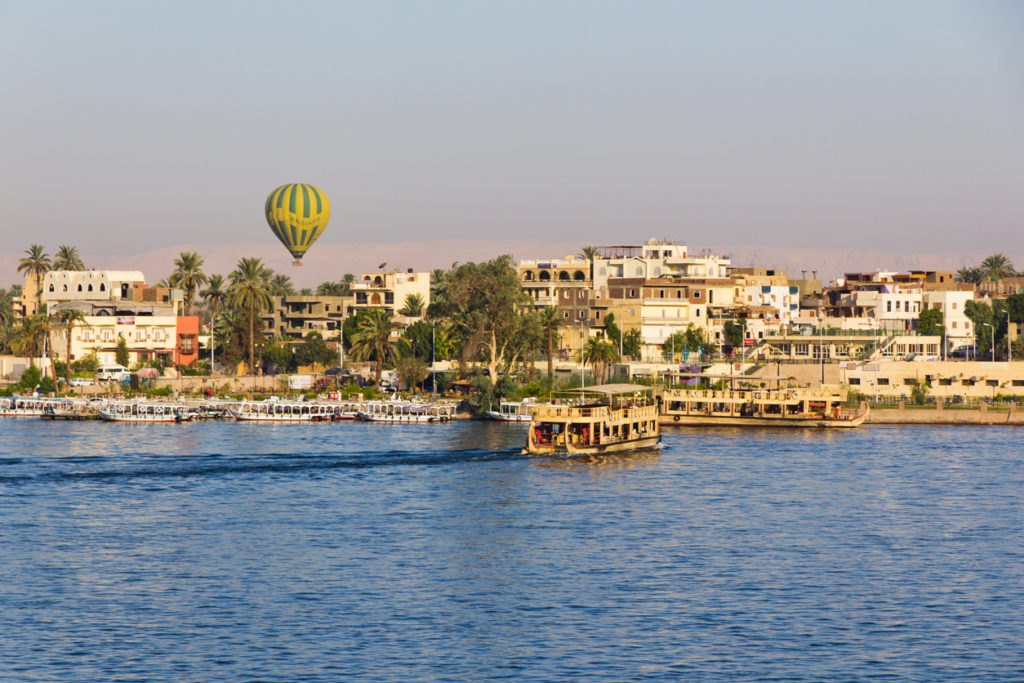
One can’t leave Luxor without sampling its culinary delights. Luxor’s restaurants serve various dishes that cater to different tastes, whether you’re craving traditional Egyptian cuisine or international dishes. Street food stalls offer fresh bread, falafel, and sweet pastries, while the city’s high-end restaurants serve exquisite dishes like stuffed pigeons and grilled lamb.
As the day draws to a close, take a leisurely walk along the Nile Corniche, watching as the setting sun paints the city in shades of gold. Luxor’s enchanting allure lies not just in its monumental testaments to the past but also in these quiet moments of simple beauty.
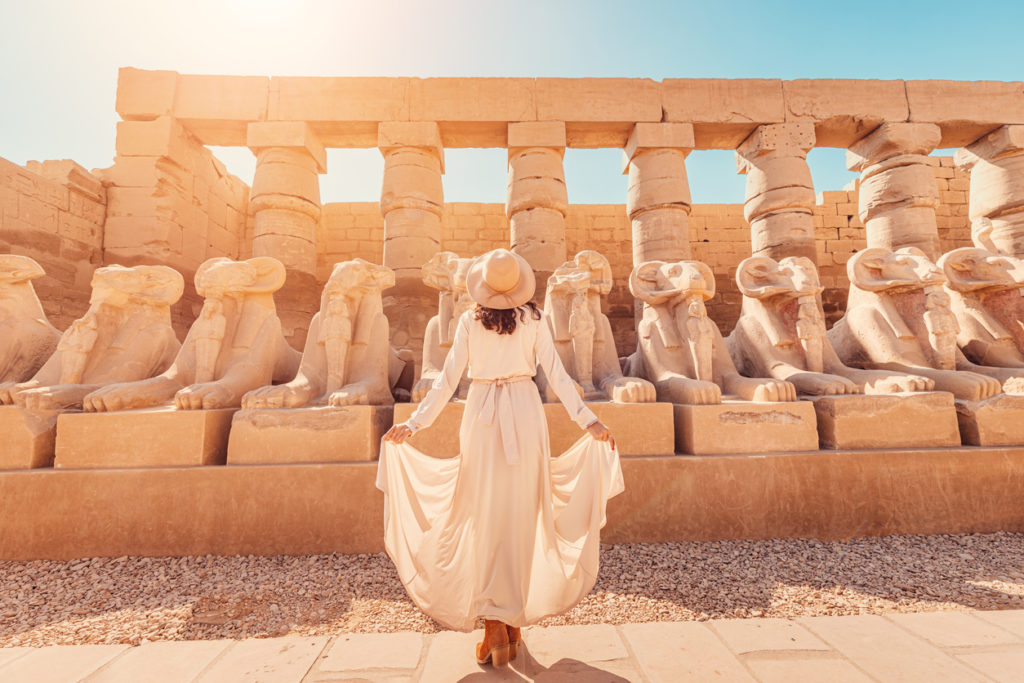
Luxor is an enchanting city where the past and the present coexist, and where history is woven into the fabric of daily life. It is a place where you can touch the walls of temples that have stood for thousands of years and stroll through vibrant markets filled with the sounds, smells, and colours of today’s Egypt. This is the magic of Luxor – an eternal city that invites you to lose yourself in its tales and treasures and find a piece of the past that you can carry with you into the future.





